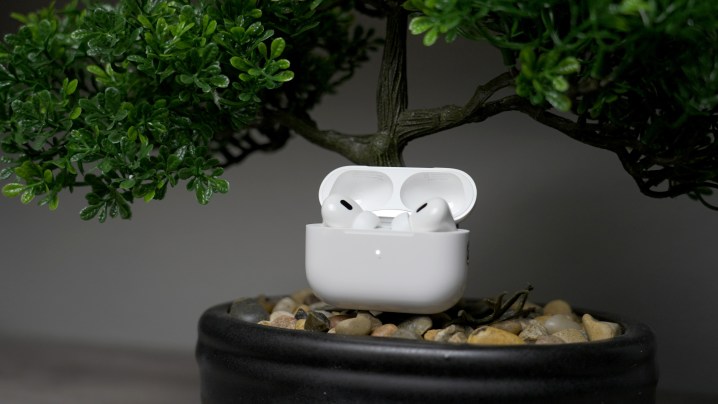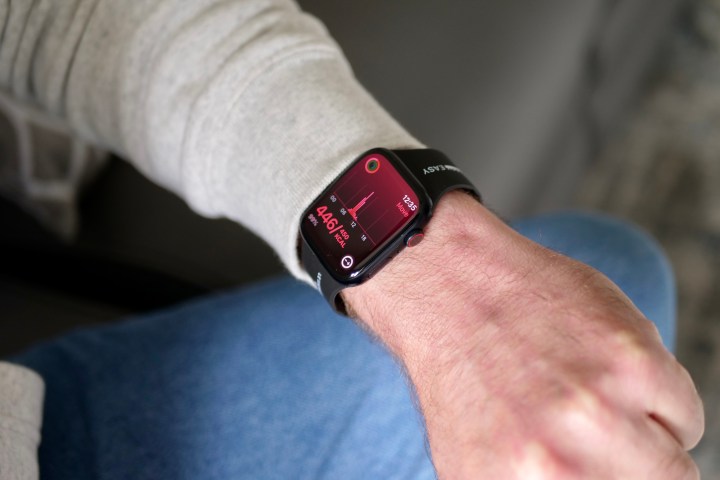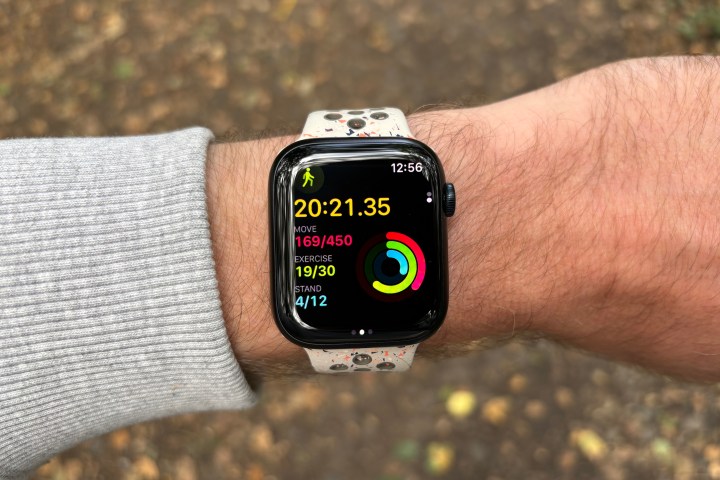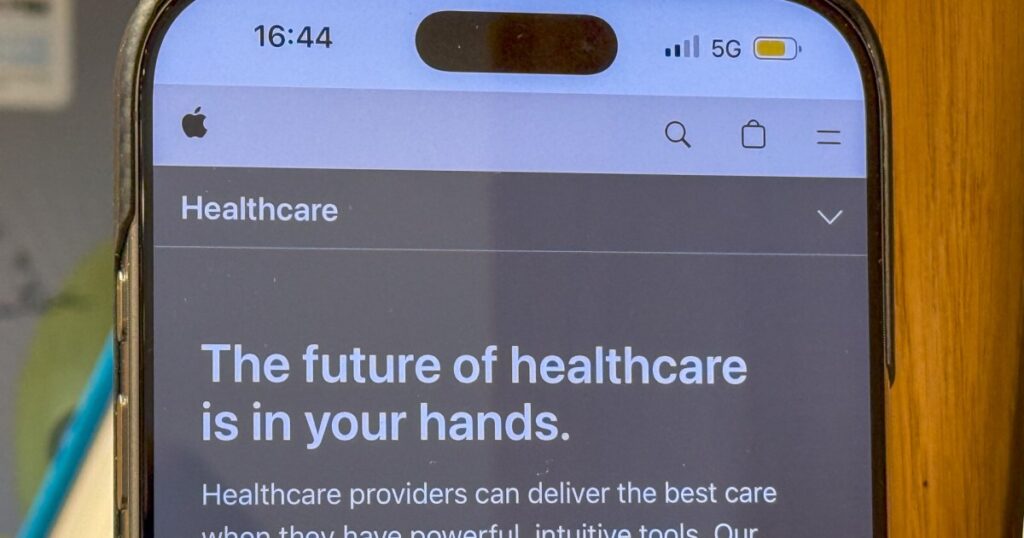Imagine yourself 20 years from now and ask yourself, what was Apple’s biggest impact on the world? Since the return of prodigal Steve Jobs in 1997, the California company has unveiled a series of innovations that have had a huge impact on how technology is used today.
Apple’s influence is enormous, and its strong market power means that it is a consultant to businesses and governments around the world. There are many products that have had a lasting impact on our lives, but one of the most important is the iPhone and the changes it made to the smartphone industry. And then there’s the iPod and iPad, which created a whole new category.
Despite all these successes, I think Apple’s biggest lasting impact is in a completely different category: Apple Health. To understand why, we need to take a quick look at some key moments in Apple’s history that shaped the direction of Apple today.
A brief history of Apple’s device portfolio

Remember your first question? You might immediately think of your iPhone, or you might put a smile on your face at the thought of your iPod. Apple has a long history of creating products that either overhaul entire categories or create new categories entirely of their own.
The iPhone is a prime example. In 2007, Apple introduced the first iPhone, and once it was released, smartphones changed forever. No more stylus or resistive display. Hello fingers and capacitive screens. Within a year, the App Store arrived, followed by FaceTime, Siri, Touch ID, and Face ID. And the headphone jack has been abolished.
It’s not just iPhones. The iPod had a similar impact, ushering in the digital age of music, but no one has been able to replicate the iPad’s success in the tablet space. Despite all these successes, there is one product and area where no one has been able to compete with Apple. That’s Apple Health.
All roads lead to Apple Health

Many announcements were made at Apple’s Glowtime event in September. The company announced a number of new products, from the iPhone 16 series to the Apple Watch Series 10 to the new AirPods 4. Other updates were also announced, including new colors for Apple Watch Ultra 2 and one update for AirPods Pro 2.
In the long run, Apple’s Glowtime event will be remembered for that one update. AirPods Pro 2 can now perform clinical hearing tests and will soon function as a hearing aid.

We all know people who have lost one or more of their senses or have limited functionality, but they all behave the same way. That is, at some point, you deny that there is a problem. This is not just a denial of the problem. Hearing aids are feared because they’re unsightly, expensive, and cumbersome, and no one wants to go to the doctor.
Now let’s consider AirPods Pro 2. Apple has sold tens of millions of pairs of these, and we’re all used to seeing AirPods Pro 2 in people’s ears. It costs thousands of dollars to diagnose hearing problems and buy hearing aids, but for $249 (unless you take advantage of the best AirPods deals) you can achieve the same thing. This will change millions of lives overnight and increase your chances of convincing a friend or loved one who is refusing to try out a pair of AirPods.
Apple Watch is the crown jewel of Apple Health

The AirPods Pro 2 are a great example of how any product can be used to improve some aspect of your health, but the crown jewel of the Apple Health ecosystem is the Apple Watch. This year marks the 10th anniversary of the original Apple Watch, which has been credited with saving millions of lives, including mine. The iPhone changed our lives, but did it really save them?
The Apple Watch is the most important device Apple currently sells. Of all the products on Apple’s shelves, it’s the one that will significantly improve your life. It has an array of health features that could save your life, including high and low heart rate notifications, electrocardiograms, fall detection, and blood pressure monitoring (at least in older generations).

It also has the ability to detect AFib and other heart conditions, detect car accidents, and detect sleep apnea. The latter feature is new this year and is designed to help diagnose sleep apnea in millions of undiagnosed patients around the world. The Apple Health app can sync data with most fitness apps. Unlike countless comparable apps on Android that don’t sync with as many apps. Additionally, medical records can also be synced.
The set of Apple Health features available today is already incredibly powerful. As we look to the next few years, things will only get better.
Apple’s future is in health

Smartphone sales have been stagnant in recent years. There will be 1.14 billion smartphones sold worldwide in 2023, and there are still millions of new customers going online for the first time, many of whom can’t afford an iPhone. For Apple, the iPhone is designed to bring customers into its ecosystem, but there aren’t many places for Apple to innovate, at least until it develops a foldable iPhone.
Next, let’s consider the Apple Watch. It’s several generations newer than the iPhone, and the entire wearables market is in its infancy compared to smartphones. Importantly, a recent report from Counterpoint found that Apple continues to have a commanding lead, with Apple Watch shipments accounting for 26% of total wearable shipments.

While we can’t tell you what long-term features Apple is working on for the iPhone, Apple is working on some transformative Apple Watch features. These include cuffless blood pressure monitoring and non-invasive blood glucose monitoring. Samsung and Google are also working on these features, and all three face off against Big Pharma in the race to be first to market with these features.
In particular, non-invasive glucose monitoring is considered the holy grail of diabetes treatment. I use a continuous blood sugar monitor that inserts a small needle into my arm and sends blood sugar readings to my phone. I replace my sensor every 10 days, and even with a premium health insurance plan, the sensor costs several hundred dollars a month.

Consider the possibility of purchasing a single device from Apple that does all of this instead, like AirPods Pro 2 or hearing aids. These are just two examples of the many ways Apple can become your healthcare provider. As the company continues its journey to democratize health for everyone, its impact on our lives will only continue to grow.
I’m not the only one who thinks so. In late 2020, Tim Cook took a deep dive into the Apple Watch and Apple’s approach to health. He acknowledged that the company was initially surprised by how many customers found the Apple Health feature life-changing. He was healthy. ”
As someone who has already benefited from Apple Health, I can’t wait to see what Apple, as well as Samsung and Google, will do to continue to grow the mobile health space over the next few years.


